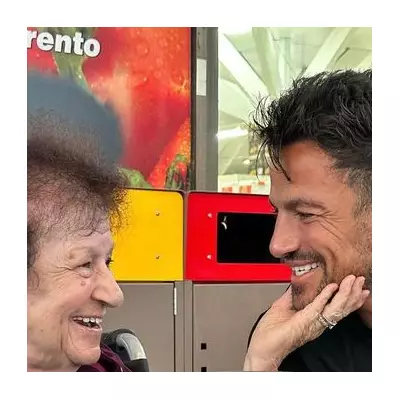
In a medical breakthrough that could change lives, Great Ormond Street Hospital (GOSH) has pioneered a revolutionary gene therapy for children suffering from recessive dystrophic epidermolysis bullosa (RDEB), a rare and painful skin disorder.
The experimental treatment, which involves correcting faulty genes responsible for the condition, has shown remarkable results in early trials. Patients who previously endured constant pain from blistering and open wounds are now experiencing significant improvements in skin strength and quality of life.
What is RDEB?
RDEB is an incurable genetic condition that causes the skin to blister and tear at the slightest touch. Often called 'butterfly skin' disease, it leaves patients with wounds similar to third-degree burns. Until now, treatment has focused solely on pain management and wound care.
How the Therapy Works
The innovative approach involves:
- Extracting skin cells from patients
- Genetically modifying them to correct the COL7A1 gene defect
- Growing sheets of healthy skin in the laboratory
- Transplanting the new skin back onto patients
Early results show the modified skin remains robust and functional, with some patients maintaining healthy skin for years after treatment.
Patient Stories
One young patient, who previously required daily bandage changes and powerful painkillers, can now play sports and attend school regularly. Their parents describe the transformation as 'nothing short of miraculous'.
While more research is needed, doctors at GOSH are optimistic this therapy could eventually lead to a cure for this devastating condition. The hospital continues to recruit patients for further clinical trials.





